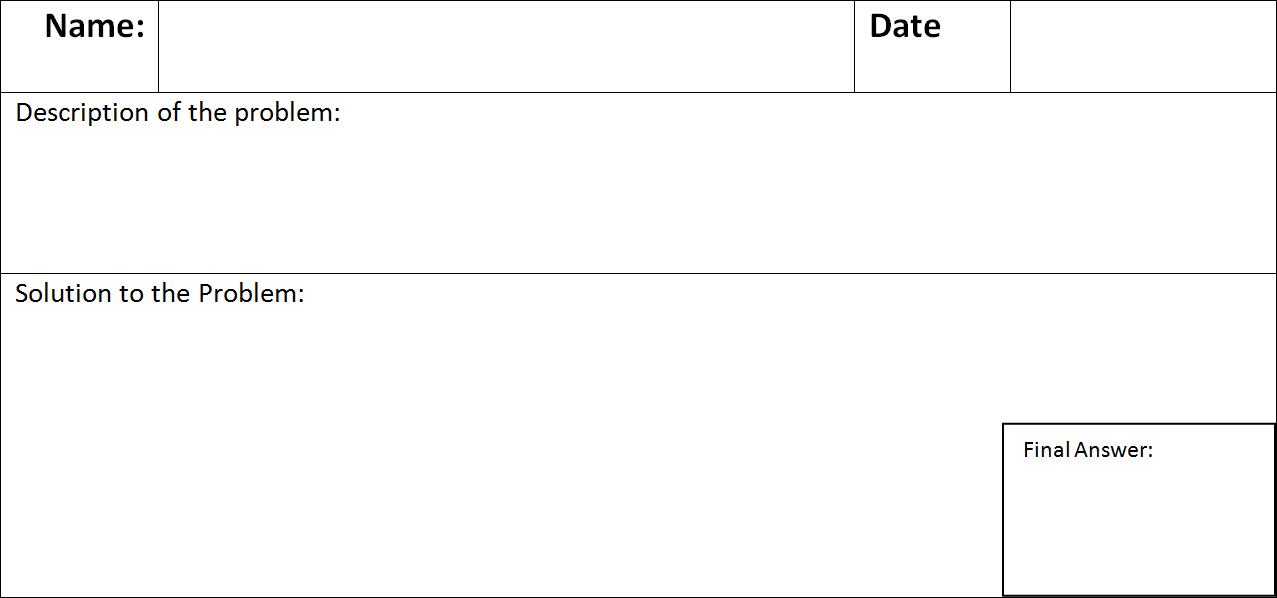January 20, 2017 Filed in:
ArticlesRyan Thompson, OAPT Treasurer, Physics Teacher Newmarket HS
superryanthompson@gmail.com
When the
Growing Success document came out in Ontario, the terms “Assessment as, for and of learning” were introduced. Even after teaching for 13 years, I still have to pause and stare into space as I try to differentiate between the three types. Time dilation is easier than that!
I believe in timely feedback and having direct involvement in each student’s success but I am also managing a schedule that is very limited on time (time dilation again!). As a result, I try to do what I can
in the classroom.
This article will be about one technique that helps me reconcile the
Growing Success document’s expectations, my own philosophy of teaching and limited time in the school day. This tool is called The Check Up and it helps the teacher get quick feedback about your past lesson.
About 5 years ago, I was teaching a Grade 11 College level math course and the student average was very low for the class. One of the strategies, I came up with was to do a Check Up at the beginning of every class.


Students would grab a small piece of paper like the one shown above. They would copy the question I had posted on the board and begin to solve the problem on their own. They were not allowed to help each other but it wasn’t for marks. It was purely for me to determine how much they understood of the lesson taught the day before. While they were working I had time to circulate around the class and check homework and do all of the other tasks I had to accomplish before the lesson began.
What I like about the check up is that it can quickly determine where the students are in their understanding. When the check ups come back to me, I just look at the final answer and put it in three piles: Pile #1 — Get it, Pile #2 — mostly get it, and Pile #3 — needs some help. If there are only a few in the third pile, I staple an answer from #1 to #3 and hand it back to the student to look at and then talk to me after. If Pile #1 is low than what I do is I separate all the piles into groups. Each group has a student from Pile #1 in it and then I give them another question to work on as a team that is similar to the original check up. You could also decide to do more practice questions as a class.
I liked this technique so much, I now do it for both my 11U and 12U Physics classes. An example of a check up could be:
A ball is dropped from 10 m, calculate the final velocity just before striking the ground.
- Pile #1 would have the correct solution: 14 m/s [down]
- Pile #2 would not have the correct solution but the work would show good understanding. Simple algebraic mistakes would fall into this pile but conceptual mistakes would not. Which brings us to…
- Pile #3 would be where all the other solutions would go that do not fit into Pile #1 or #2.
Simple, yet powerful, with immediate feedback.
Here is the file for the
Check Up form that I use.
Tags: Assessment, Kinematics, Pedagogy


